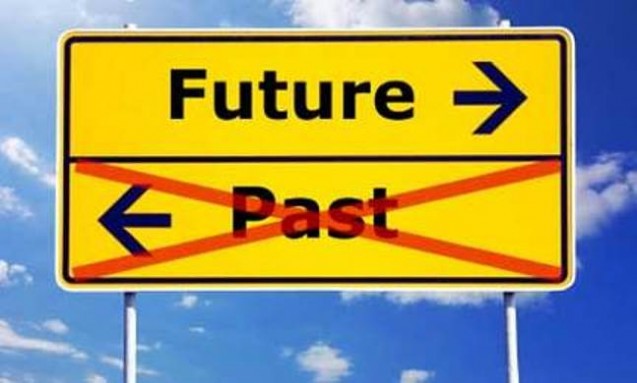I’m amazed at the blistering pace of technological advancement. Yesterday, I saw that one person’s brain controlled someone else’s finger. What used to be a good value at $700 just a few years ago, is a significantly better free add on today. I can see where all my friends are at any time of day, and can video chat with anyone in the world, from anywhere, for free.
The cloud, mobile devices, and exponentially increasing broadband and processing capabilities make it possible to acquire and utilize new capabilities and talent almost instantly.
Yet, so many organizations seem to be stuck in 2009, or 2005, or 2002… What’s even more interesting is that many senior leaders of these organizations are actually relatively up to speed on much of the evolving technological landscape. They have a conversational understanding of the advancement of social networks, mobile, cloud, big data, and predictive analytics. So, where’s the disconnect?
It seems like there is a significant capabilities gap in the ability to get from here to there. In the industrial age, we relied on change management experts to come in and help us with “change”, which didn’t happen very often. When it did, it was a really big deal:
- The ERP implementation that happened once every 10 years
- The business model shift that happened every 15 years
- The ownership and/or leadership that happened as the founders moved into retirement age
But, in a market that has 2 year old companies with billion dollar + valuations and near instantaneous declines of market dominators, the ability to change must move from a specialized talent on the fringe to a core competency of any successful institution.
– How can we systematically mobilize our stakeholders to adopt and capitalize on new extended capabilities (with ever increasing speed)?
– How can we adapt and continually re-engineer communication flows to respond adequately to market opportunities and threats?
– How can we institutionalize change?
The answers to these questions are still being figured out, but it requires three primary things:
1. A re-imagined vision of the future state of the organization
2. A charted path to get to the future state – which likely changes how customers are attracted, engaged, attained, and retained, and how people are hired, empowered, measured, incentivized, and compensated.
3. A retention and improvement of the core competencies to repeatedly optimize 1 and 2.
In my experience, some are working on the first. The second has rarely been done.
Sound off.
- What are the biggest barriers you’ve experienced along the road to transforming your organization?
- What are the best examples you’ve seen of institutionalizing change?
- What are the key success factors to institutionalizing change?
| This post was provided as part of the IBM for Midsize Business program, which provides midsize businesses with the tools, expertise and solutions they need to become engines of a smarter planet. I’ve been compensated to contribute to this program, but the opinions expressed in this podcast are entirely my own and don’t necessarily represent, nor have they been influenced by IBM’s positions, strategies or opinions. |

[…] 15. Change: From Specialty to Core Competency […]